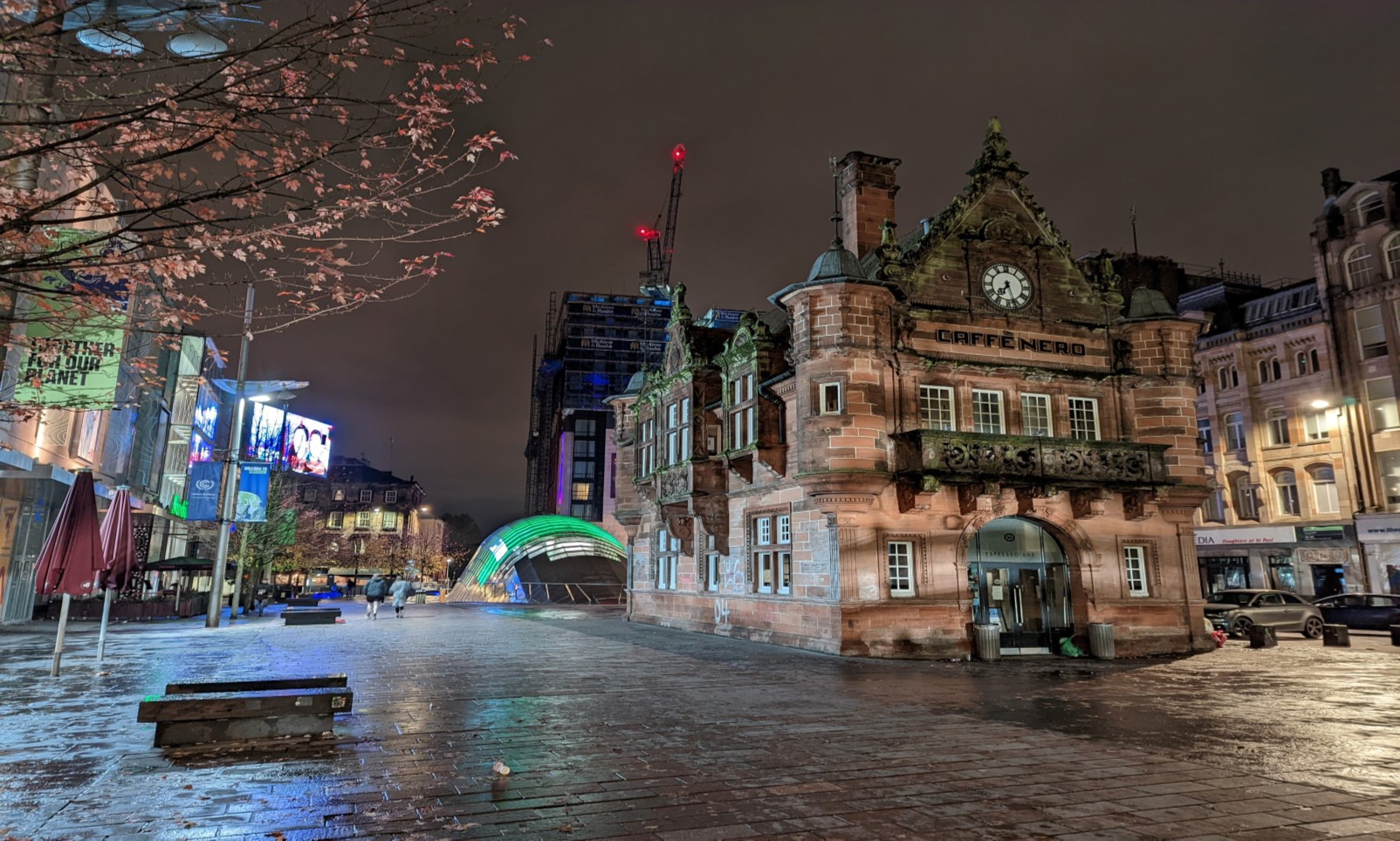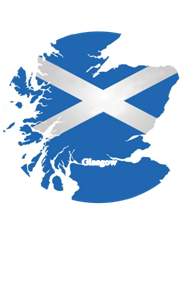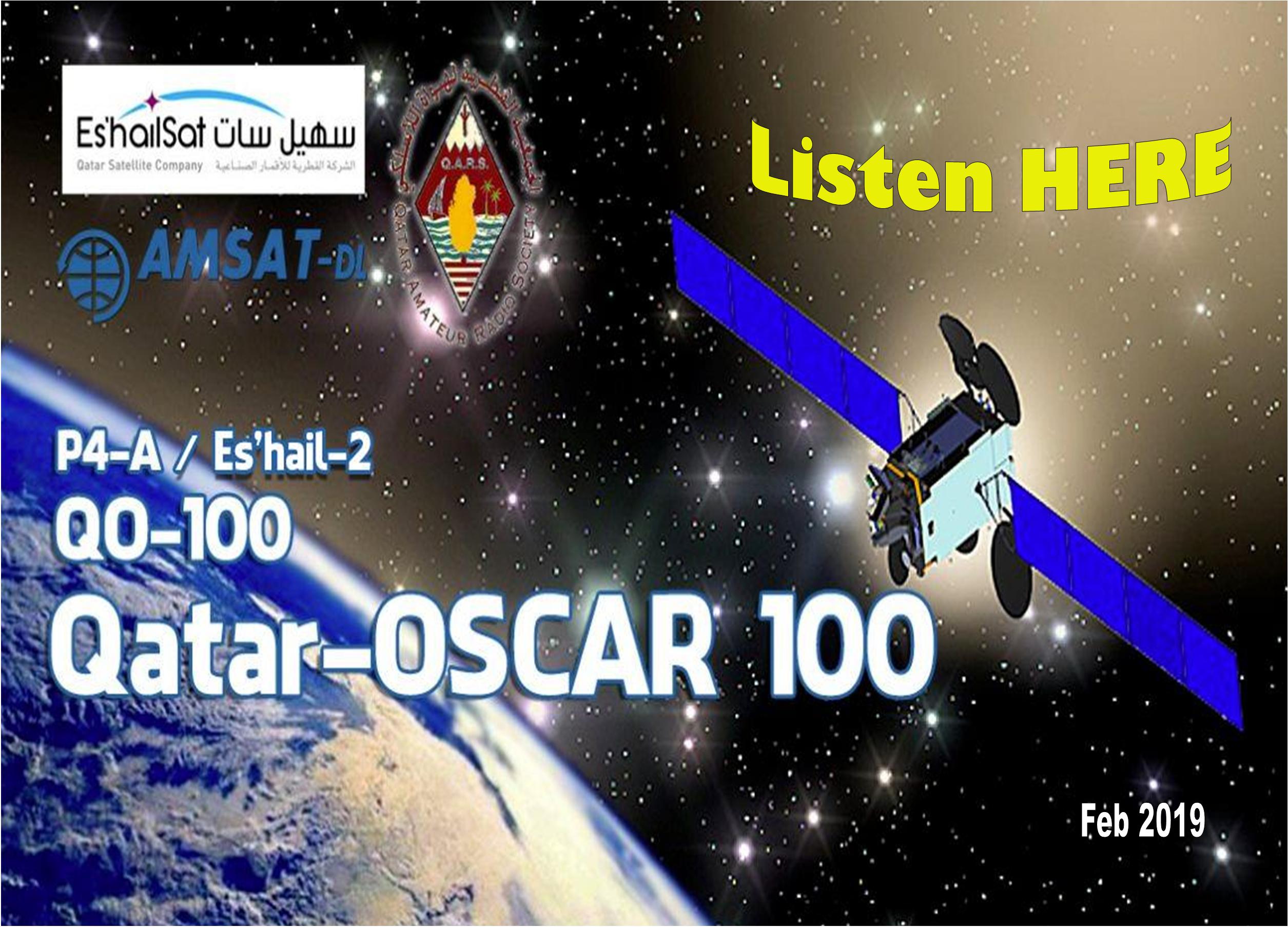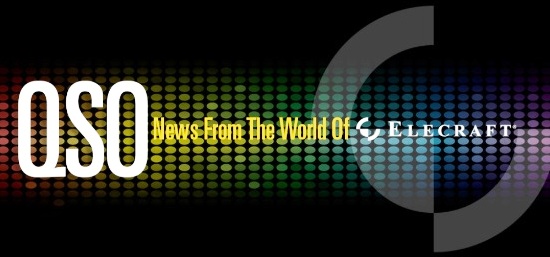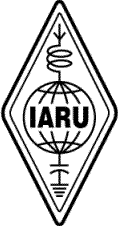
‘To The Moon And Back’ – The First Radio Attempts
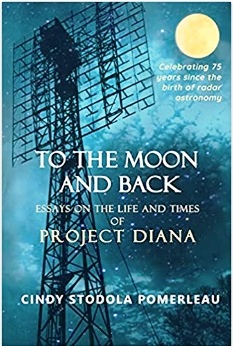
Cindy Stodola Pomerleau (Author)
On January 10, 1946, the US Army successfully bounced radio waves off the moon–the first-ever extraterrestrial communication, the birth of radar astronomy, and the opening salvo in the Cold War. The author was just shy of three years old at the time, and her father, E. King Stodola, was Scientific Director of the team that carried out the experiment, code-named Project Diana.
To mark the 75th anniversary of this historic event, Cindy Stodola Pomerleau has written a series of essays using Project Diana as a lens for examining the transformations and dislocations occurring in the US during World War II and its aftermath. Nearly half the book is devoted to World War II, with particular attention to the history of radar at Camp Evans, starting with its fumbling beginnings at Pearl Harbor and culminating in its stunning success in Project Diana. The second section is devoted to King Stodola himself and an examination of the confluence of internal and external factors that made him the right man for the moment. The last section provides a sampler of Jersey Shore life (e.g., the boardwalk, the Neptune Music Circus), contemporary American life (e.g., Sears, nylon stockings), and the author’s little-girl activities (e.g., her parakeet Archie, her Islander ukulele).
Steeped in good humour and nostalgia, these wide-ranging narratives explore Project Diana’s historical, sociological, political, and scientific context, as seen from the perspective of the tiny coastal New Jersey community where fate in the form of Camp Evans deposited the author’s parents and their neighbours. The book is a unique eye-witness account of an event and an era that marked a turning point in American history.
Order from Amazon – HERE .
HAM RADIO GETS BRAIN TRANSPLANT
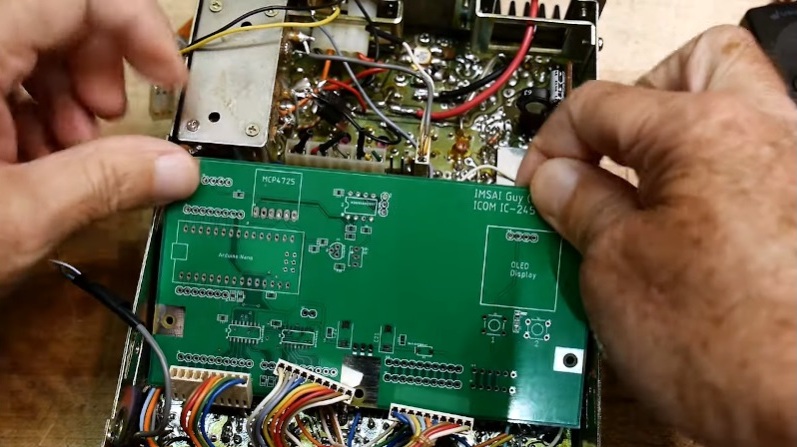
By Al Williams
Old radios didn’t have much in the way of smarts. But as digital synthesis became more common, radios often had as much digital electronics in them as RF circuits. The problem is that digital electronics get better and better every year, so what looked like high-tech one year is quaint the next. [IMSAI Guy] had an Icom IC-245 and decided to replace the digital electronics inside with — among other things — an Arduino. Read MORE ……………
Alike But Not Alike: Broadcast vs. Ham Radio
Experience in amateur radio can be a boon to the radio engineer
“SOS”. Amateur radio operators communicating at Mt. Chokai – Japan
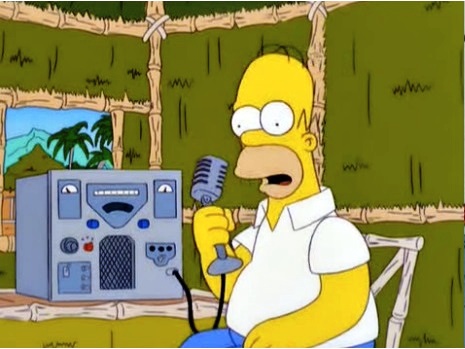
………In late August, amateur radio enthusiast Yukio Sakurai (59) from Matsuyama, Osaki City, Miyagi Prefecture, accidentally received a distress signal for a small boat drifting off the coast of Niigata Prefecture, and gathered information in collaboration with other enthusiasts. It was revealed on the 6th that the Niigata Coast Guard (Niigata City) helped two crew members………….Read MORE ………….
The First Female Australian Amateur – A2GA
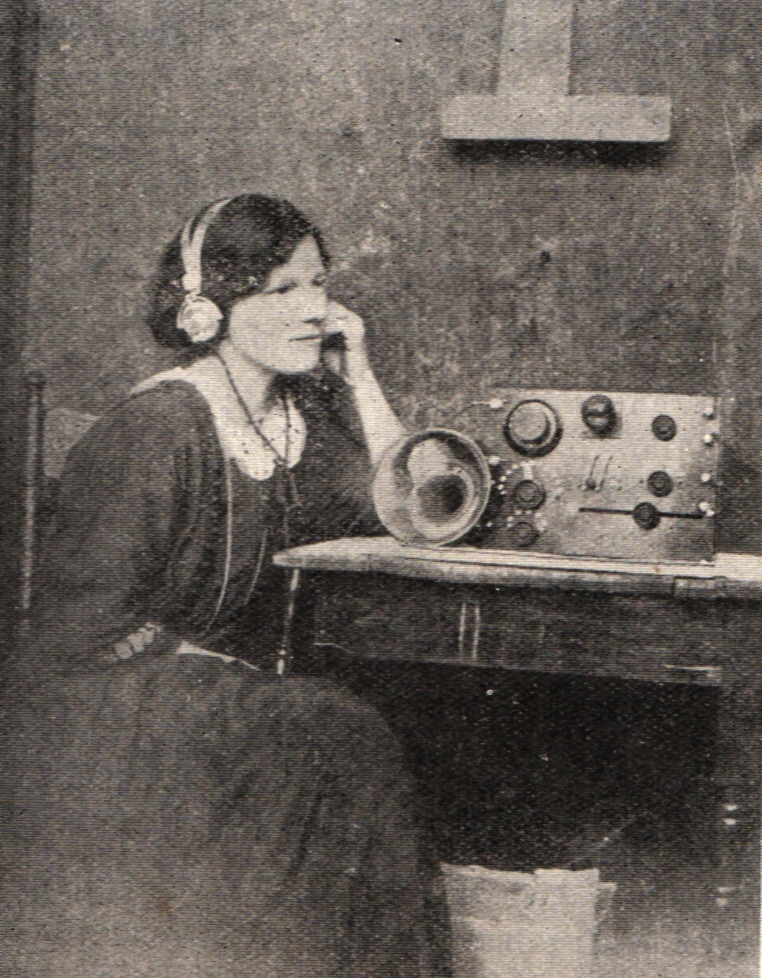
By Heather Holland <zs6ye.yl@gmail.com>
Florence Violet McKenzie OBE (nee Wallace) A2GA/VK2FV/VK2GA
Probably the best known lady amateur operator in Australia is Florence McKenzie (nee Wallace). Born in 1891, she became Australia’s first tertiary educated female electrical engineer, and opened a wireless/electrical shop in Royal Arcade Sydney in 1921. In 1925, Florence obtained her amateur licence and the callsign A2GA in 1925, our first known licenced lady amateur.
During 1922 Florence was involved with starting the Wireless Weekly magazine, along with three other people. This magazine later morphed into Radio and Hobbies and later still, Electronics Australia. The 1948 call book lists her as VK2FV which lapsed about 1959. Regaining interest in amateur radio in 1979, Florence again became 2GA, this time VK2GA, which she held until her death in 1982. In the mid 1930s Florence established the Electrical Association for Women which appears to have been formed mainly to teach women how to use electrical appliances in the home; she also wrote a cookery book for electric stoves, when none were available.
When Florence realised that war was imminent, “Mrs. Mac” as she was fondly known, became acutely aware of the need for radio communications as part of our defence, and the need for people trained in Morse code. She established a no-charge training school in a loft near her shop. Her students were initially, predominantly women and the school became known as the Women’s Emergency Signaling Corps. (W.E.S.C.) During 1940, in response to a newspaper advertisement by the Navy, appealing for trained amateurs to enlist as telegraphists, she offered her trainees. The Naval Director of Signals and Communications recommended to the Naval Board that they be employed at shore establishments and fourteen selected applicants took up their duties at the Harman Wireless Station in Canberra. From this beginning the Women’s Royal Australian Naval Service (WRANS) was established in 1941. It grew to a peak of 105 officers and 2,518 ratings during the war.
Mrs. Mac trained the women to teach the thousands of men who wanted a skill to offer the Services. She could also see that if there were women in the services, who were competent in communication, it would free the men for other duties. In her valedictory published in Ditty Box, the ex WRANS magazine for June 1982, she was reported as being “eventually responsible for training more than 12000 servicemen”! American servicemen who were based in Australia were sent to Mrs. Mac for refresher courses. Initially skeptical, they were soon won over by her training methods. Continuing after the war, she trained many QANTAS pilots in Morse code.
Florence McKenzie was awarded an OBE in 1950 and became a SK in 1982 (2021-6-14 ALARA Column A.R. Issue 4 – Jen VK3WQ
Hyderabad Hams Develop Low Cost Transverter For QO-100 satellite
In what is certain to be a gamechanger for radio amateur community, five Hyderabad-based Ham operators have made prototypes of down and up converters for the QO-100 satellite………………more HERE !
Elecraft Newsletter – May
Elecraft News – April
A Ham For 63 Years
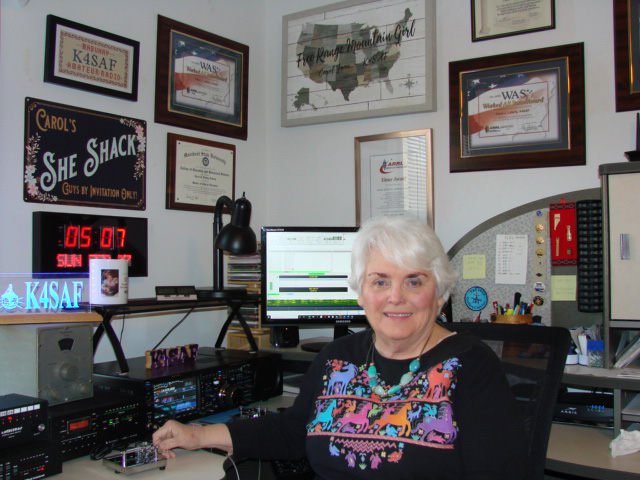
A Ham for 63 years – by Carol Fraley Laferty – K4SAF
My ham shack has been upgraded to my dream She-Shack, and I am having more fun in ham radio than I have had since a teenager. I have been operating the digital modes for two years almost, and during the Corona Virus Pandemic I set some amateur radio goals. I have accomplished more during this time than I ever dreamed possible. I have finished DXCC, and received Worked All States on 160, 80, 40, 30, 20, 17, and 15, Mixed, Digital and CW. I need only AK and WY on 10 meters. Thanks to all in the ham community all around the world for helping me achieve this. I was never interested in completing these awards until now.
The hardest award for me to get has been the YLRL WAS YL (Worked All States). I need only MT and RI now to complete it. Many more of the licensed YLs need to get on the air more often.
I was 15 when I got my license in 1957 and will be celebrating my 64th year as a ham on 9/28/2021. My brother, Fred Fraley, W4CHK > AA4FF > W4DF, who is now a Silent Key, was instrumental in getting me on the air. He taught me the code and shared his shack willingly with his younger sister. I have kept the same call all my years on the air. My late father also got his license at the same time I did and was K4SAB.
I met my husband Don Laferty, K4GFY via radio in 1957. He is also now a Silent Key. We talked for three years on cw and phone before we actually met in person. We had been married for 53 years when he passed in 2015. Our son Don Laferty, Jr., who lives in Wisconsin, now has his Dad’s call, K4GFY.
I am a retired high school Business and Computer teacher. I also taught part-time in the CIS Dept at Morehead State University. I am active in the Young Ladies Radio League (YLRL) and was the U.S./Canada Receiving Treasurer for 11 years. I enjoy seeing my YLRL and ham friends at Dayton Hamvention and at our national YLRL convention, which is held every 3 years.
I am also a member of QCWA, SKCC, and FISTS, and our local radio club, Morehead Amateur Radio Society, in Morehead, KY. I received my Extra class in 2000, just before the 20 wpm code requirement was dropped. Hope to see you on the bands or possibly on Facebook.
QCWA Quarter Century Wireless Association
SKCC Straight Key Century Club
FISTS The International Morse Preservation Society
